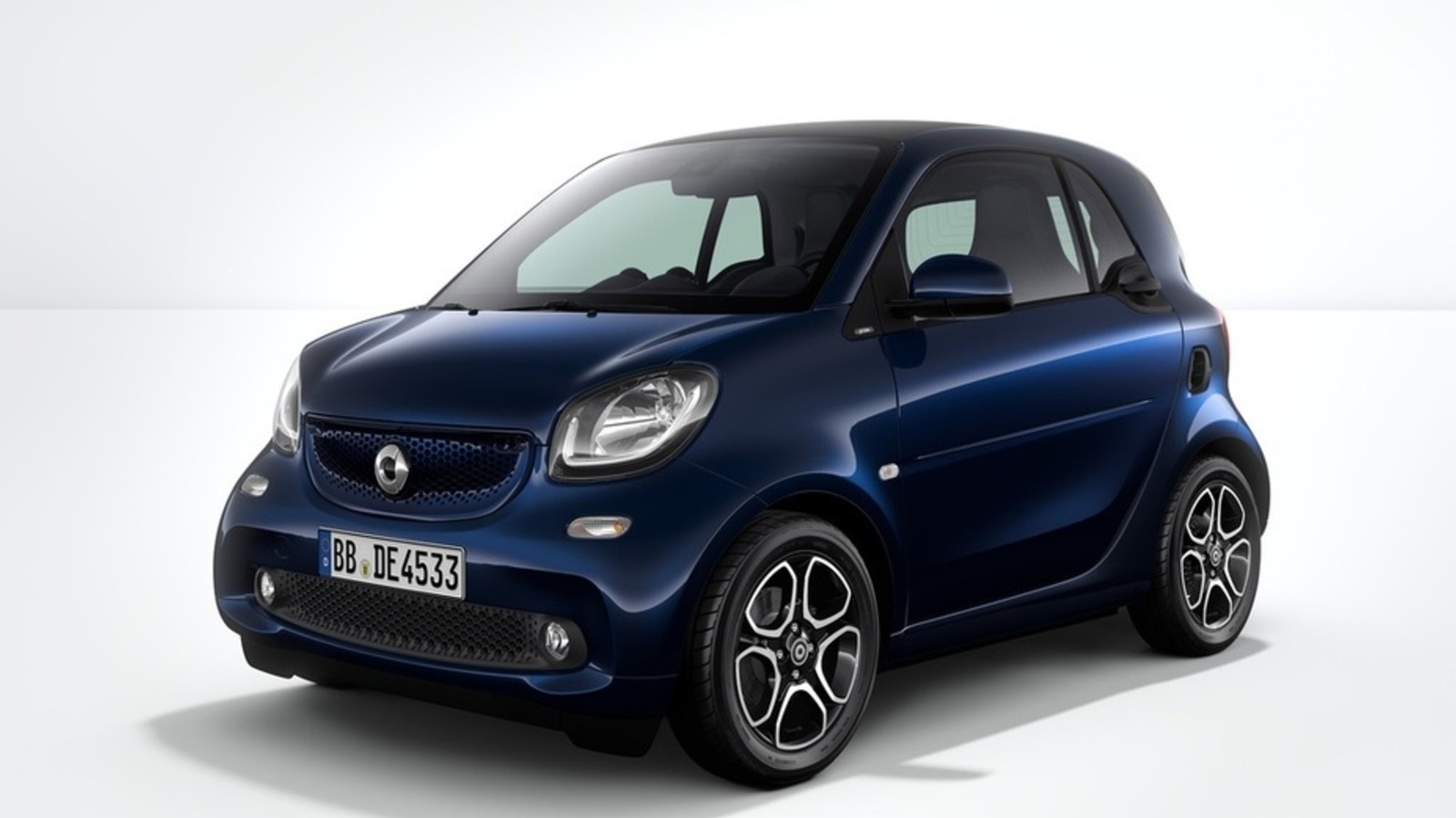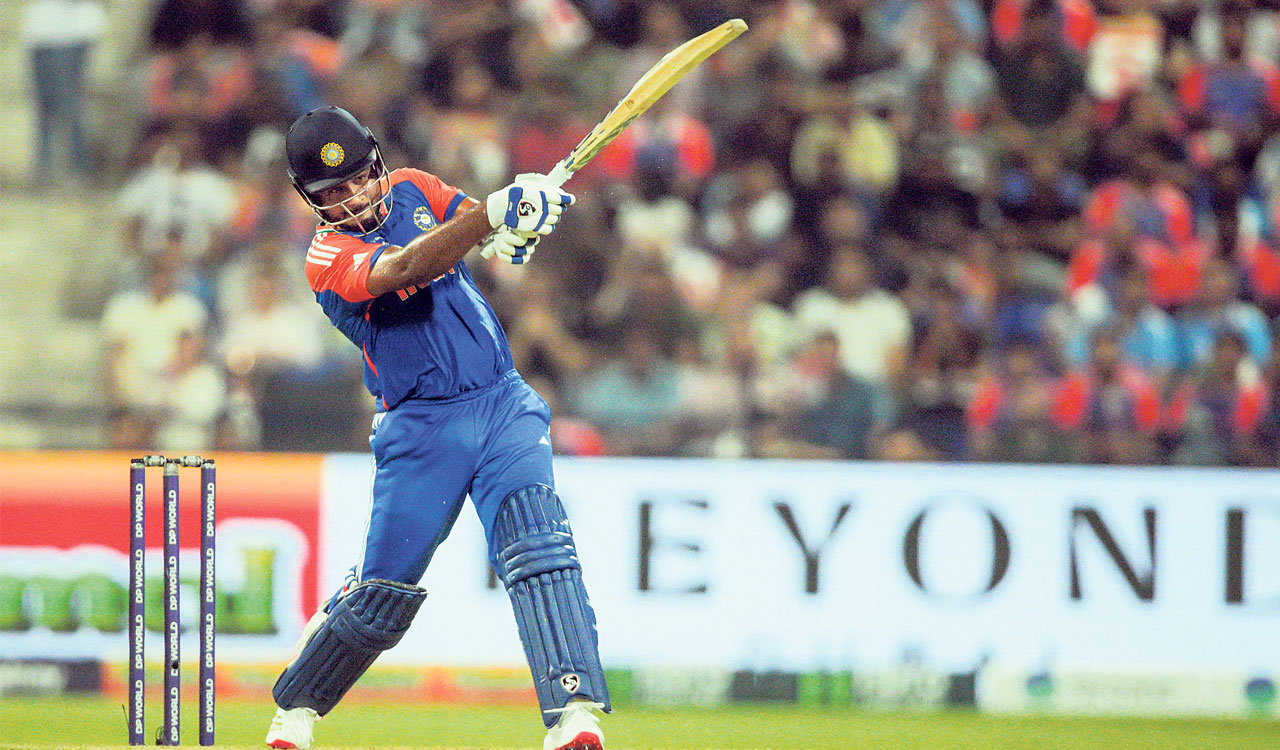
Taking a quick glance at a Smart car, you might assume that it’s not very safe. It’s incredibly small, barely has space for two inside, and there certainly isn’t much room up front for crumple zones. That might seem reason enough to deem the Smart car as unsafe, but as it happens, we may have been too quick to judge the humble city car.
The city-slick Smart Fortwo first arrived on US shores for the 2008 model year. It was remarkably simple, refreshingly small, and surprisingly practical. Practical for city centers, at least — not so practical for highway commutes and family holidays — although Smart cars can go pretty far on a single tank of gas. With its diminutive footprint, it’s clear that the Smart Fortwo was never going to be anyone’s first choice in an accident, but the two-seater actually performed quite well in initial US testing. The Insurance Institute for Highway Safety (IIHS) awarded the 2008 model a smattering of ‘good’ crashworthiness scores, with only the head restraints and seats scoring lower in this category, with an ‘acceptable’ rating.
For those interested in the redesigned Smart Fortwo, there’s more good news. While the IIHS didn’t carry out as many tests on the 2016 model, the tests that were conducted all resulted in ‘good’ ratings. It also noted that a front crash prevention system was optional on this model year, whereas it wasn’t previously. So, the Smart car is actually quite a safe car, and probably as safe as anyone could expect it to be, given its tiny dimensions.
“You wouldn’t want to have a crash in one!” is pretty much the standard answer when anyone unfamiliar with the model sees a Smart car. They are hardly bigger than the occupants they carry, so you can understand why anyone would be uneasy about riding in one. However, the design of Smart’s now iconic city car is actually much better than you might first think.
Prior to the 2016 redesign, those in the safety business, and indeed some TV shows, such as “Fifth Gear,” set about testing the crashworthiness of the Smart car themselves. The results were quite shocking, but not for the owners of Smart cars. Out of a class of five small cars -– with the Smart being the smallest -– the Fortwo performed the best, and its main structure was kept pretty much intact when fired into a comparable model from Fiat, which buckled dramatically, compromising the passenger compartment significantly. Taking things up a notch, the Smart car even performed well when hurtled into a Mercedes-Benz S-Class at 30 mph — impressive stuff.
While the Smart doesn’t have room for large crumple zones, it does have some clever hidden features built-in — one of them being a Tridion safety cell. This is effectively a roll-cage built-in to the Smart’s design, and it’s why the roof doesn’t buckle, even during high-impact crashes. Mercedes says it acts like “the hard nut of a shell,” protecting those inside, and the aforementioned period tests are proof that it works. In addition, the Smart uses more traditional tech, such as airbags, anti-lock brakes, and electronic stability control to keep everyone inside safe at all times.



